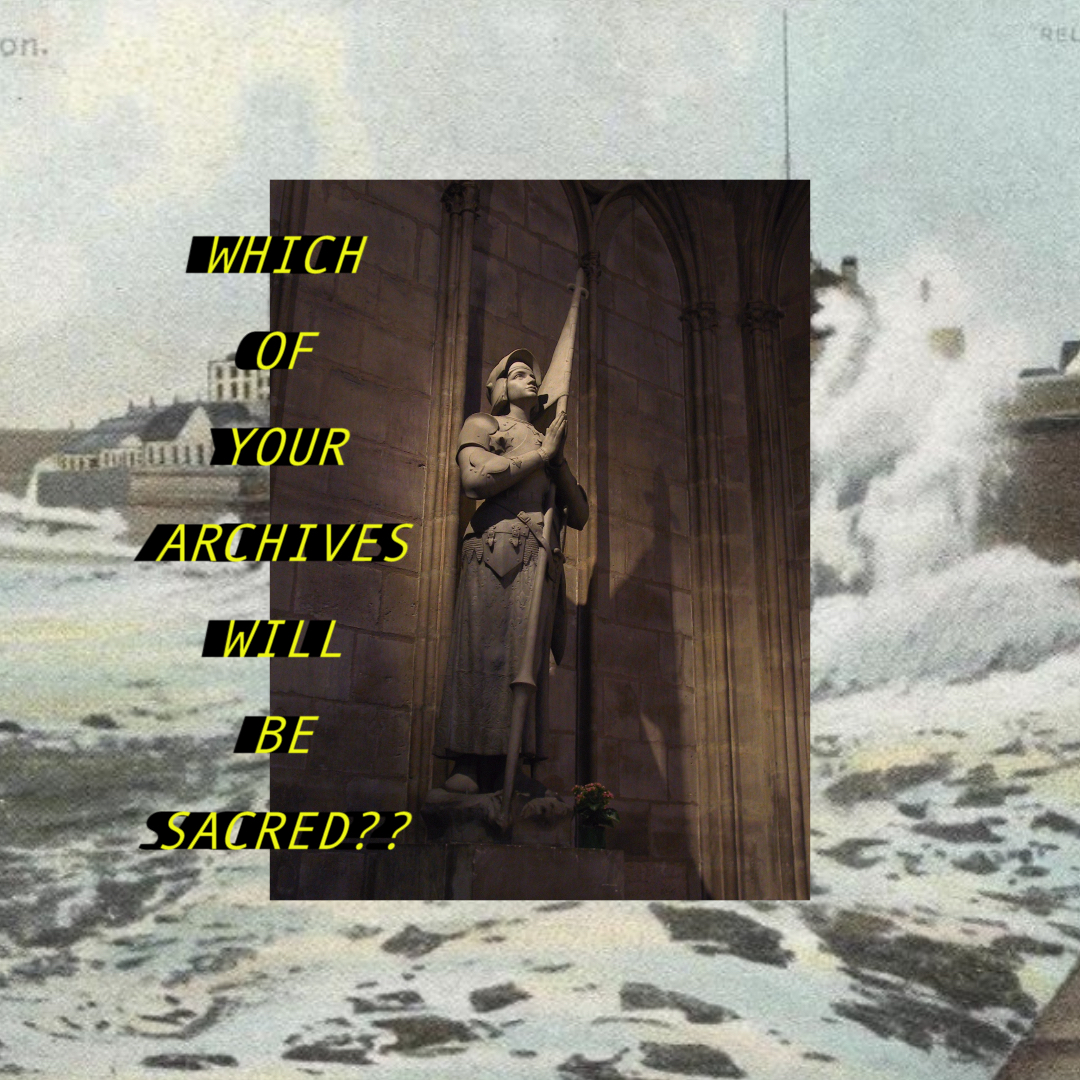These photos were created in an attempt to understand the archival techniques of humans from the past, present, and future.
You googled the word ‘archive’ and downloaded all of the images that were in the section titled ‘Labeled for Reuse’.
It was an odd collection with a strange amount of images of Vladimir Putin, mixed with lots of images of library hallways (which always end up looking like vaginas), and a fair amount of medical and architectural imagery from seemingly ancient eras.
The idea that some of this significant imagery was available for “reuse” was eerie. It made you think about all the ways in which you have documented your existence and whether your archives would end up being labeled for reuse. Where do our images go when we die? Will they be recycled for reuse on the internet? Or will they never be seen by anyone else ever again? Which is worse? You’re always fretting about your archives, thinking about how many hard drives you would be able to run with if your apartment were to catch on fire.
There were barely any images of happy times in this collection, but that isn’t surprising. Humans have a peculiar tendency to document more tragedy than happiness.
This new archive you had created out of recyclable images was interesting but everything felt disconnected. The pictures of houses and boats and presidents and plants didn’t speak to one another in the way you had hoped they would, so you layered them.
It was mostly random, throwing one batch on top of the other to see if anything would happen. Surprisingly, something did happen. A photograph would land on top of a drawing and suddenly there was a story. Timelines started to form out of the absurdities.
You could see pen turn to type turn to pixels. You could see protests and wars and fights that led to peculiar forms of ‘freedom’. Our advancements and our mistakes and our histories became clearer the more the images were muddled together. The images you present now are visual representations of this experiment.
These are collages of happenstance, made relatable by randomness.
These archives are not historically accurate, but neither is history.
Archives should be interesting, not factual.
This is an ode to that.
(Text from Ain't Bad's Feature on Duotang)
A commissioned video art projection piece with accompanying photographs for the "Archiving the Past, Present, and Future" exhibition at the Gallery at the Institute of the Humanities at the University of Michigan.
Union Square Video Projection Series / Somerville, Massachusetts . 2020
Ain't Bad Magazine Feature / Online . 2019
PREMIERED at The Institute for the Humanities at the University of Michigan / Ann Arbor, Michigan . 2017




















